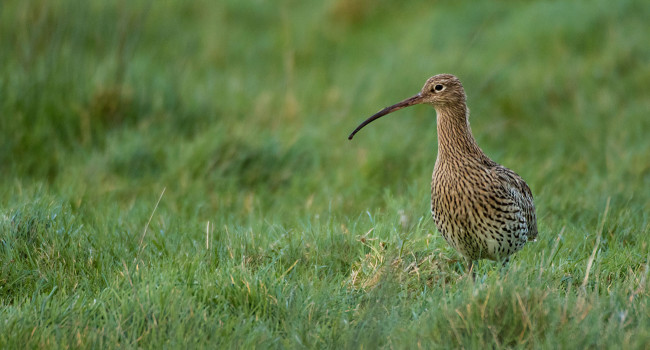Foraging ecology mediates response to ecological mismatch during migratory stopover
Author(s): Tucker, A.M., McGowan, C.P., Catalano, M.J., DeRose‐Wilson, A., Robinson, R.A. & Zimmerman, J.
Published: October 2019 Pages: 17pp
Journal: Ecosphere Volume: 10 ( part 10 )
Article No.: e02898
Digital Identifier No. (DOI): 10.1002/ecs2.2898
Abstract
Impacts of ecological mismatches should be most pronounced at points of the annual cycle when populations depend on a predictable, abundant, and aggregated food resource that changes in timing or distribution. The degree to which species specialize on a key prey item, therefore, should determine their sensitivity to mismatches. We evaluated the hypothesis that the effects of ecological mismatch during migratory stopover are mediated by a species’ foraging ecology by comparing two similar long‐distance migratory species that differ in their foraging strategies during stopover. We predicted that a specialist foraging strategy would make species more sensitive to effects of mismatch with a historically abundant prey, while an active, generalist foraging strategy should help buffer against changing local conditions. We estimated arrival times, start of mass gain, and rate of mass gain during spring stopover in Delaware Bay, USA. At this site, shorebirds feed on a temporally aggregated food resource (horseshoe crab Limulus polyphemus eggs), the timing of which is linked to water temperature; red knot (Calidris canutus rufa) specializes on these while the ruddy turnstone (Arenaria interpres) feeds more generally. We used a hierarchical nonlinear model to estimate the effect of mismatch between shorebird arrivals and timing of crab spawning on the timing and rate of mass gain over 22 yr. In years with cooler water temperature, crabs spawned later, which was associated with later and faster mass gain for the knots. Turnstones exhibited less inter‐annual variation in the timing and rate of mass gain than knots, and we found no relationship between mass gain dynamics and the availability of horseshoe crab eggs for this generalist species. Long‐distance migrants rely on predictable resources en route and even when these linkages are simple and predictable, populations can be vulnerable to change; these results suggest that generalist foraging strategies may buffer migratory species against phenological mismatch. We provide a framework to evaluate population responses to changes in prey phenology at sites vulnerable to climatic change.
Staff Author(s)







Share this page